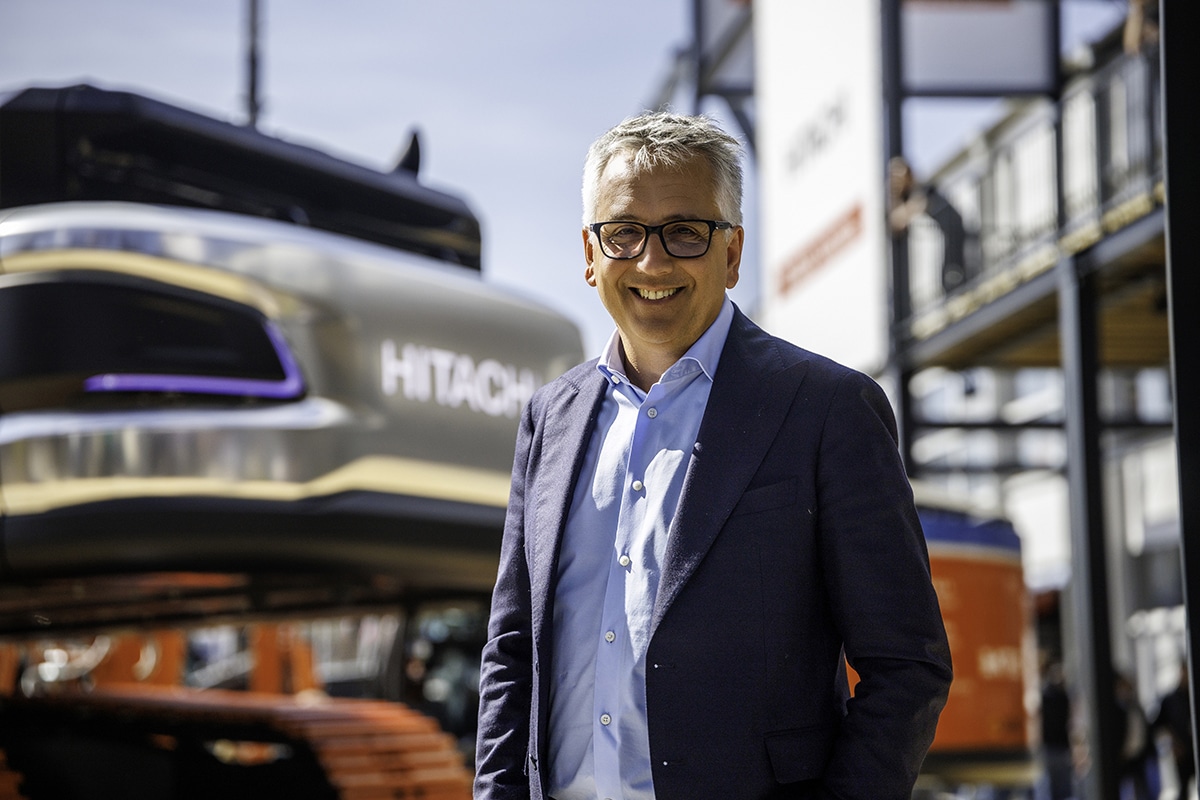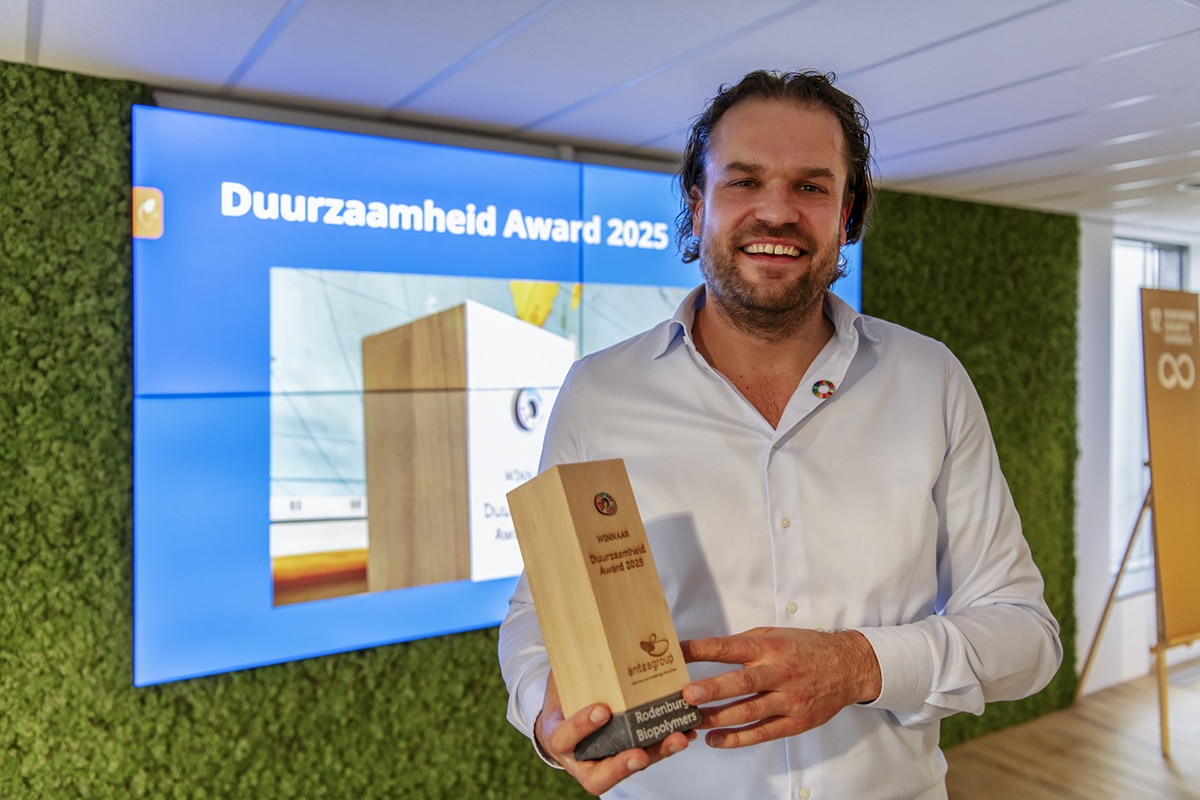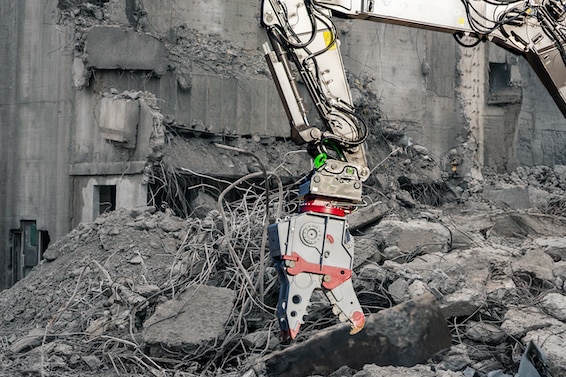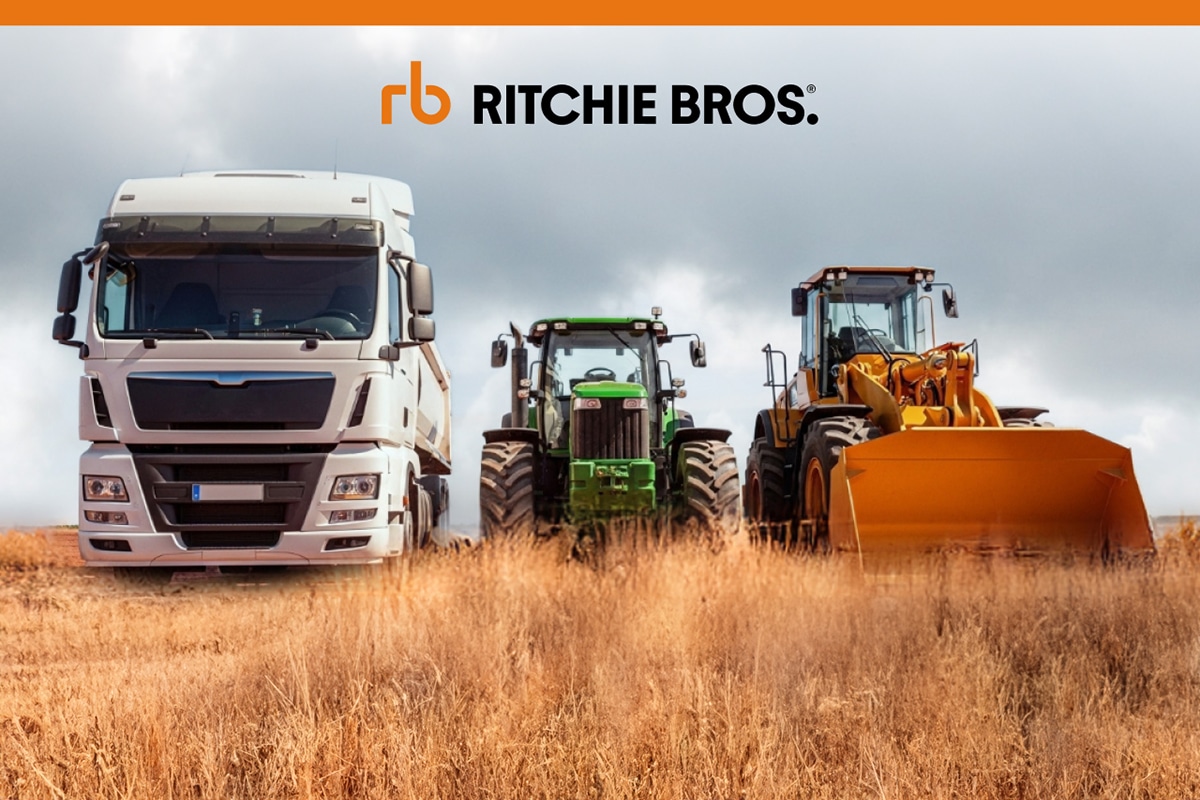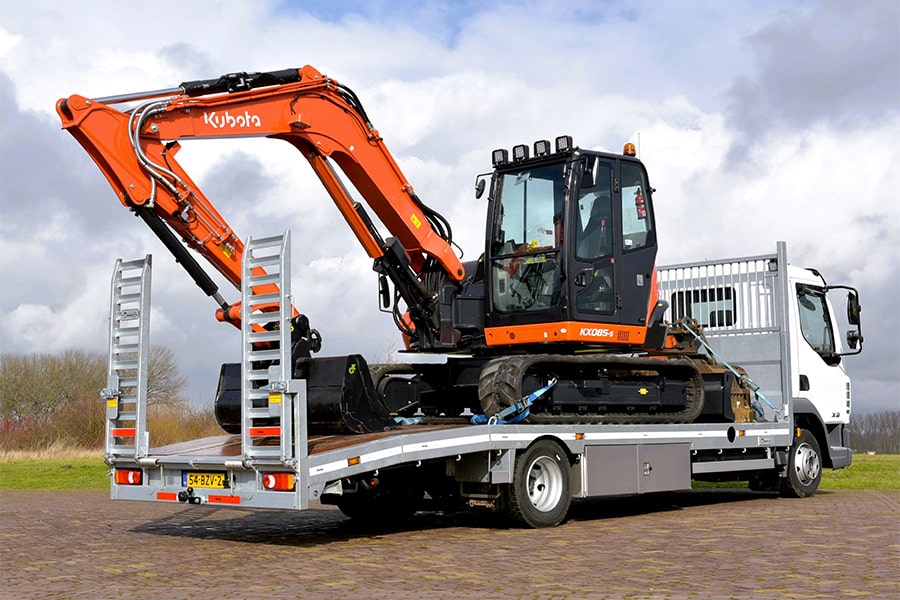
Veldhuizen shows a 10×4 with air-suspended Wide-Spread at TKD
As a techie pur sang, Firma Veldhuizen is always coming up with new ideas to make the transport of equipment or materials more efficient. Because, he reasons, since the Dutch axle load legislation differs from the European rules, things can always be done better, smarter or lighter. At the TKD in Sint-Oedenrode, Veldhuizen Trucks will be the first to show its latest creation in the form of a 10×4 with air-suspended Wide-Spread. Can this novelty match the success of the earlier Quadro truck?
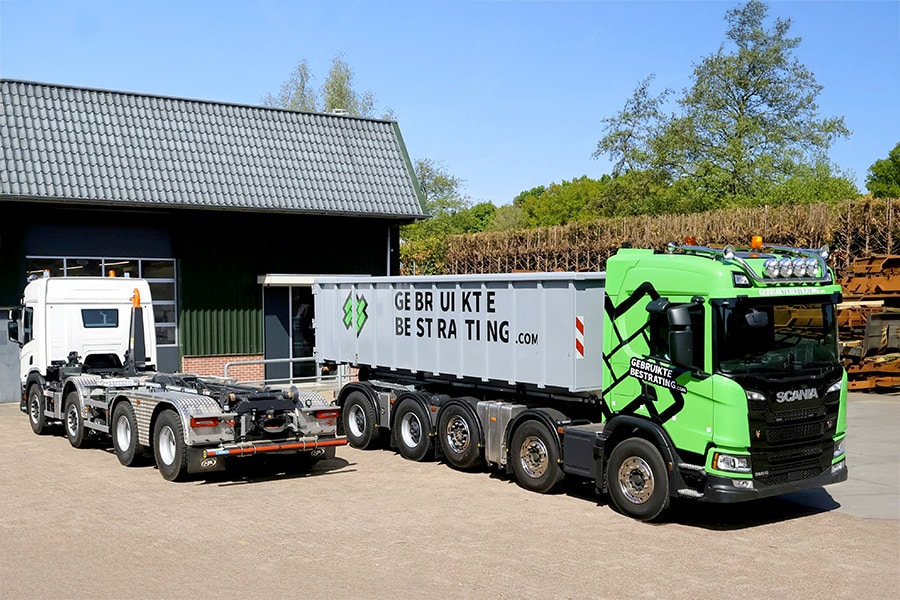
For years, Veldhuizen Trucks has been a trusted name when it comes to smart vehicle modifications. Whereas large manufacturers often focus on standard solutions, Veldhuizen looks for opportunities in niche markets. In doing so, they cleverly anticipate the deviating Dutch legislation on axle loads. The idea: within the rules there is always room for improvement, especially by focusing on simplicity, robustness and low maintenance costs. In the construction vehicle segment, Veldhuizen is now an established player. The typical basis: an 8×4 chassis from a reputable brand such as DAF, Mercedes-Benz, Volvo, Renault, Iveco or Scania, with two 10-tonne front axles and two 16-tonne rear axles.
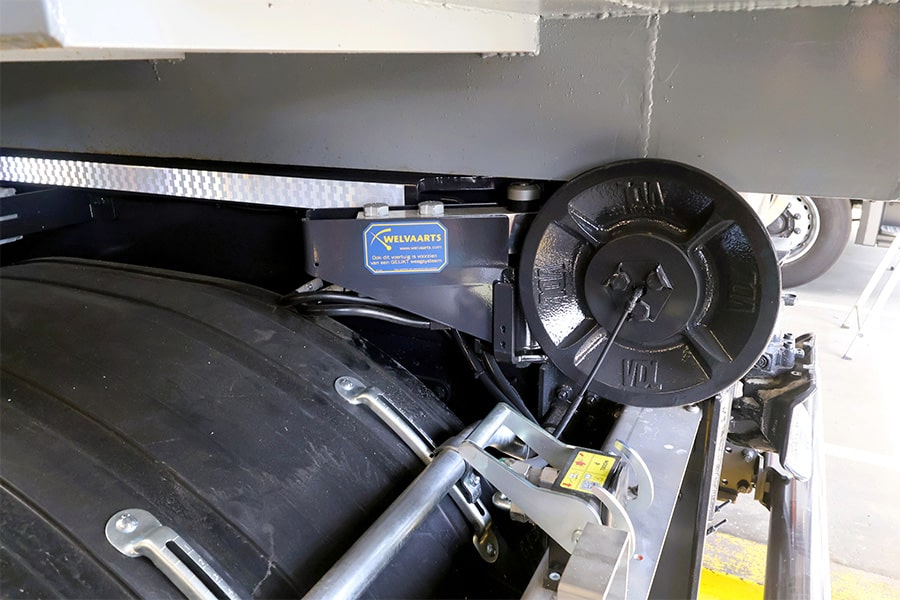
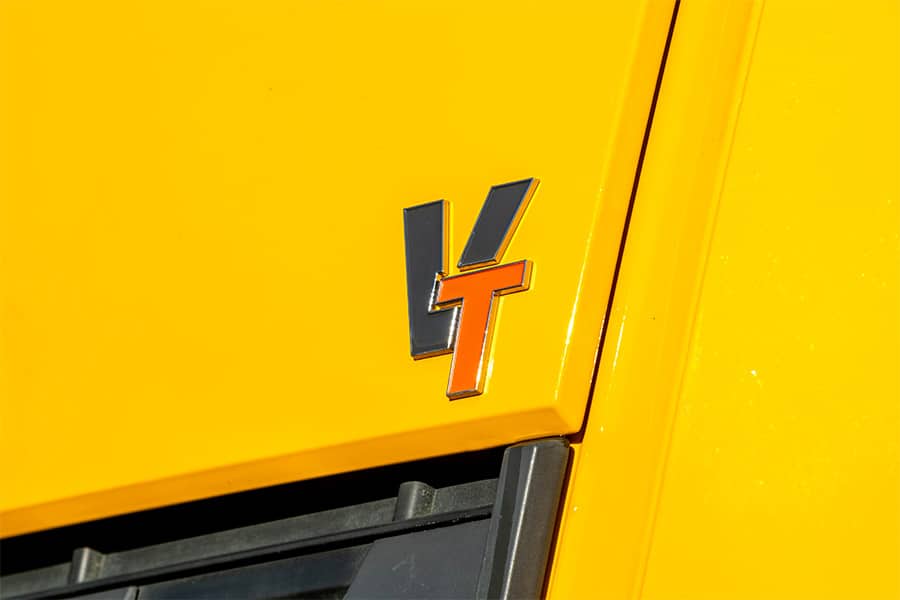
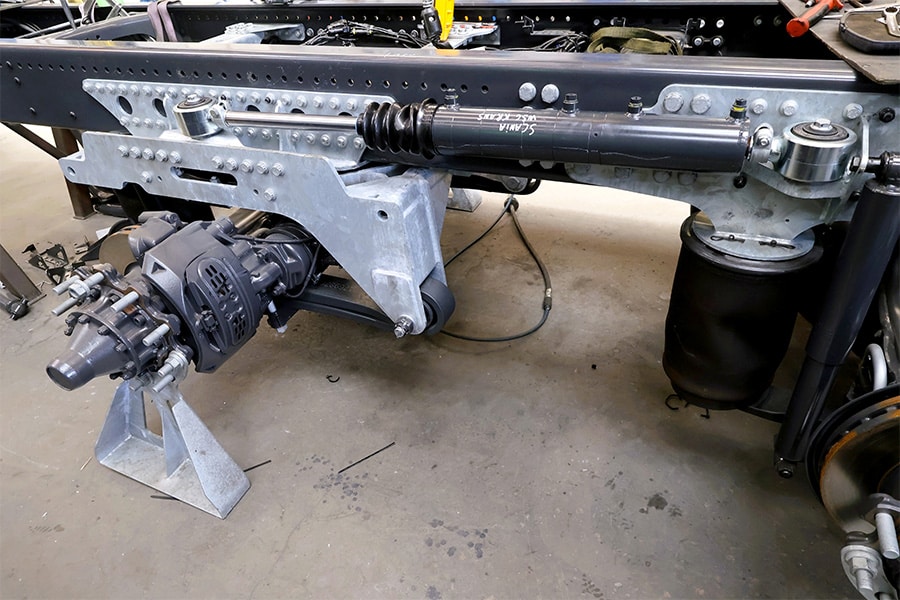
Comfortable driving
With an additional fifth axle, the GVW on registration plate even reaches 49 tons. Such overcapacity results in low maintenance costs, but also has limitations. The vehicles are less maneuverable, have a larger turning circle and cause quicker rutting when driving with a trailer. Therefore, Wide-Spread solutions have been developed in the market: an axle configuration with two more widely spaced 11.5-tonne rear axles, the rear of which is steered. This guarantees a smaller turning radius, better weight distribution and more comfortable driving - especially when reversing with a flatbed trailer.
However, Veldhuizen also saw the downside. After all, common Wide-Spread systems use hydraulic suspension and complex electronics. Think steering balls, height controllers, sensors and computers, all maintenance-sensitive parts. That had to be improved, he thought. So Veldhuizen previously developed its own Wide-Spread tandem chassis that is all about simplicity and robustness. The basis is fully mechanical suspension and steering. Up to 40 km/h, the rear axle actively steers; above that, the steering automatically disengages with the help of a nitrogen bulb and the truck runs straight.
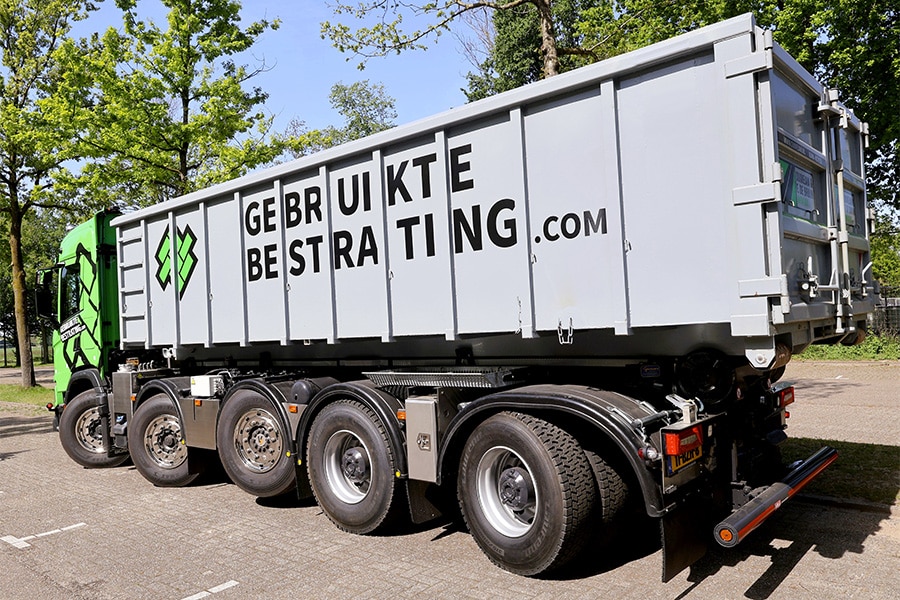
Low chassis height
No sensors, no electronics, no laptops needed for maintenance. A mechanic can simply get to work with hand tools in case of a breakdown. And should the steering ever fail, the truck continues to drive straight ahead without problems to safely return home. For some applications, such as hook lifts, customers wanted more: a lower chassis height for better hook lift geometry and a more favorable roll-off angle. That inspired Jan Thijs Veldhuizen to develop a new generation of air-suspended Wide-Spread vehicles, built on Scania's basis. Not without reason.
The chassis height of the trucks is only 1 meter, 10 to 12 cm lower than normal. The rear axle is hereby dismantled and at 181 cm from the penultimate axle Veldhuizen mounts the turntable of a low loader, complete with DropsaVET automatic greasing system. This creates a shorter turning radius and improves maneuverability on inner roads. The roll height of 135 cm is 10 to 15 cm lower than usual. A lower center of gravity translates into greater stability when cornering, a higher payload and a less steep roll-off angle, which means loads are less likely to shift when depositing full containers.
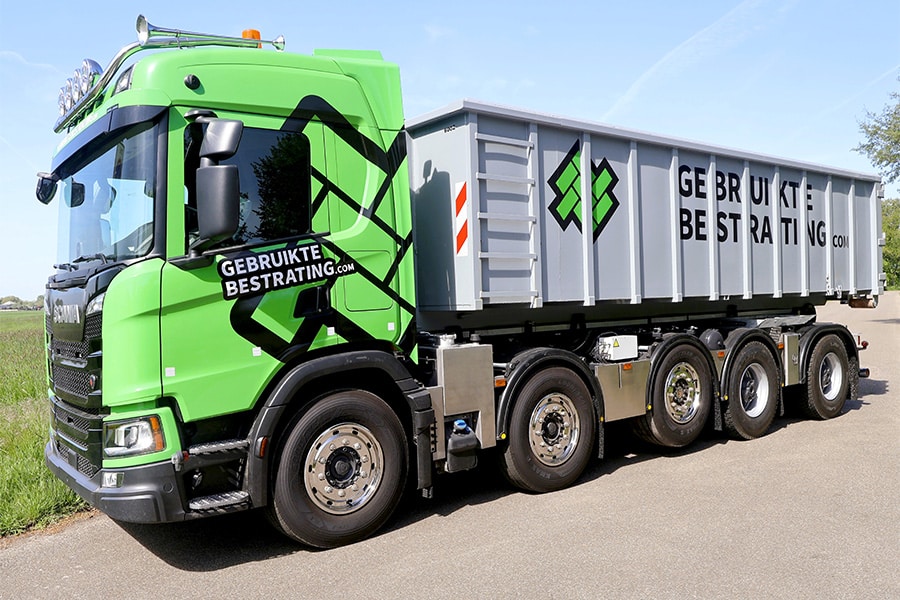
Functional design
"In this design, simplicity and sustainability were explicitly chosen," explains Jan Thijs Veldhuizen. "By using Scania's original air suspension and height control, all maintenance remains simple and economical. Components are widely available and a good residual value beckons in the future. The construction allows contractors or mechanics to do repairs themselves, without depending on specialized software. The two hydraulic steering cylinders with center centering are remarkably mounted at 85 cm height, making them little susceptible to moisture and dirt."
Veldhuizen Trucks is initially building eight vehicles according to this new Wide-Spread concept: five as 8×4 and three as 10×4. Seven of these will enter the company's own rental and demo fleet; one has been sold to Ouwejan & F. de Bruijn Infra of Zegveld. This 10×4, a Scania 560G, will be equipped with a heavy 40-ton VDL hooklift and a calibrated Welvaarts weighing system. Thanks to the extra axle and optimized axle load distribution, it is easy to transport two empty containers at the same time and a shovel can be taken to a project site on the low loader. Efficiency at its best.
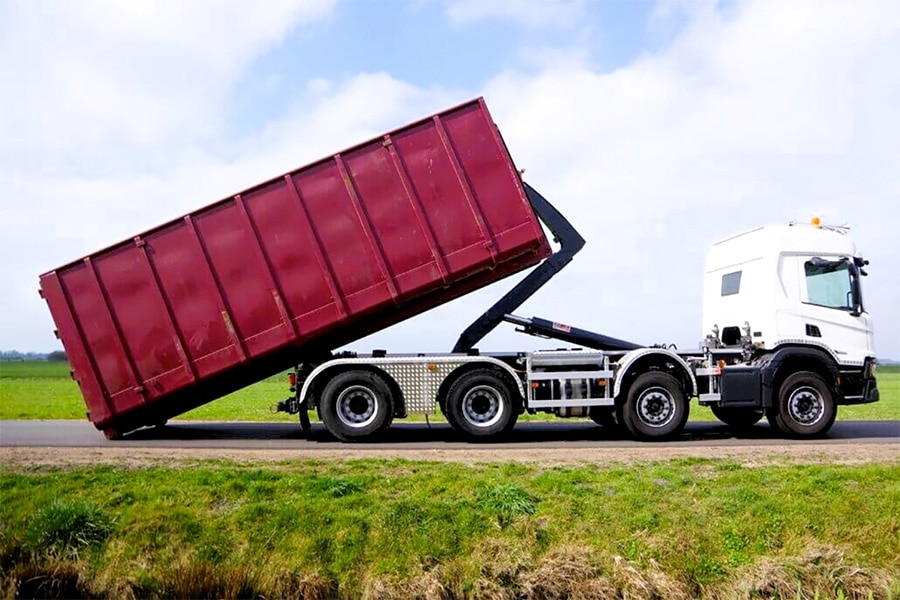
Large presence
The truck, painted in striking black and bright green, will soon be one of the eye-catchers at the TKD. From June 12 to 14, Veldhuizen will be throwing a big party. On two plots (67 and 68) of 1,000 m² each, the company will display twenty construction vehicles and various BE combinations and trailers. In addition to the air-suspended Wide-Spread trucks, Veldhuizen is presenting another first: a DAF XB 210 trailer with a loading height of just 84 cm and 10.3 tons of payload. Another example of how Veldhuizen Trucks builds exactly what the market demands: innovative, practical solutions that push the limits, but always stay within the rules.
Five years ago, Veldhuizen already introduced the successful Quadro trucks, five-axle trucks that combine maximum payload with an extremely short wheelbase. More than a hundred units have since found their way to satisfied customers, a unique achievement. With this new generation of air-suspended Wide-Spread trucks, Veldhuizen hopes to tap into a similar niche. "The market for Wide-Spread vehicles in the Netherlands has shrunk from three hundred to about eighty units per year due to higher maintenance costs. With this new concept, we hope to raise that number a bit again."
Solid market position
Partly because of the higher purchase and maintenance costs of a conventional Wide-Spread solution with hydraulic suspension, which is prone to leakage, Veldhuizen expects to gain a solid position with this simpler concept. The ambition does not lie with 20 to 30 percent market share. "The pluses are obvious: lower, more agile and less maintenance-sensitive," Jan Thijs Veldhuizen lists. "There is noticeably less rolling resistance because all axles are steered, and it drives extremely comfortable thanks to the air suspension. Many alternatives use hydraulic suspension, which always feels relatively stiff."
Heeft u vragen over dit artikel, project of product?
Neem dan rechtstreeks contact op met Veldhuizen b.v..
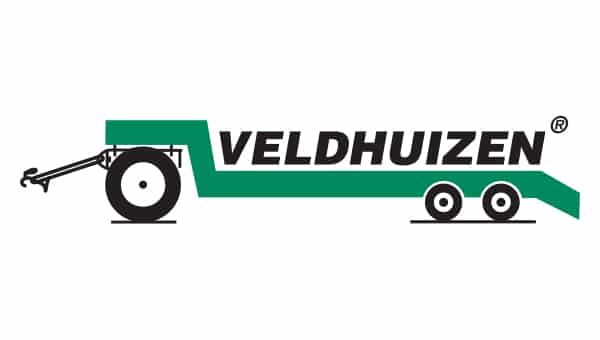 Contact opnemen
Contact opnemen
